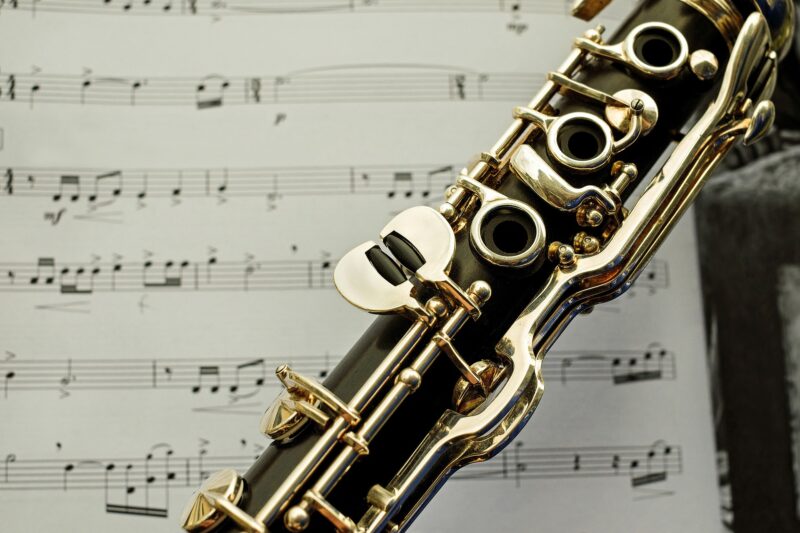 Woodwinds is a family of instruments in the orchestra that can provide so much emotion with their soft intimate tone and wide range.
Woodwinds is a family of instruments in the orchestra that can provide so much emotion with their soft intimate tone and wide range.
As a composer of orchestral and cinematic music, you really need to learn how to use these articulations in your VST plugins and Sample Libraries with brass.
I created this Guide (Cheat Sheet) for you with the most common articulations (playing techniques) in the orchestral woodwinds family.
Woodwinds Articulations Guide
Sustain (Non Legato)
The normal sustaining notes without legato. Each individual note is tongued and separated (as opposed to Legato).
Legato
Legato is played without tonguing, to produce a smooth note transition.
Tenuto
Tenuto means (to hold), meaning hold the note to its full length. Depending on context, it can sometimes mean to add an emphasis on the note.
Marcato
An accented note (heavy accent), with a sharper attack than the surrounding notes.
Portato
Play in a smooth “pulsing” fashion. It is also called “articulated legato” or “mezzo-staccato” (meaning half staccato).
Sforzando
Play a note with sudden, strong emphasis.
Staccato
Short notes where each individual note is tongued and separated.
Staccatissimo
Very short notes, basically a shorter version of a Staccato.
Falls
A short pitch-down and diminuendo to silence, most often in the ending of a phrase.
Vibrato
A slight pitch variation above and below a note. Adding anything from light, to medium to heavy vibrato to the sustained note.
Crescendo
Gradually increasing (growing) the dynamics while holding the note.
Diminuendo
Gradually diminishing (reducing) the dynamics while holding the note.
Double & Triple Tonguing
These are played with partial tonguing in groups of two or three to give a very rapid articulation (fast repetitions).
Fluttertonguing
A technique using rolled ‘r’ tonguing, which produces a very special tonal character.
Trills
Rapidly alternating between 2 notes, most common a minor 2nd interval or major 2nd interval. But they can be performed in other intervals as well.
Portamento (Glissando)
A portamento (or glissando) is a continuous slide upwards or downwards between two notes.
The difference is that a portamento can be thought of as a longer version of legato, while a glissando is more focused on the gradual pitch-slide, than connecting the notes in a legato fashion like the portamento.
Note: a slide of pitch is very difficult on most woodwind instruments. Basically only the clarinet can perform a true glissando.

